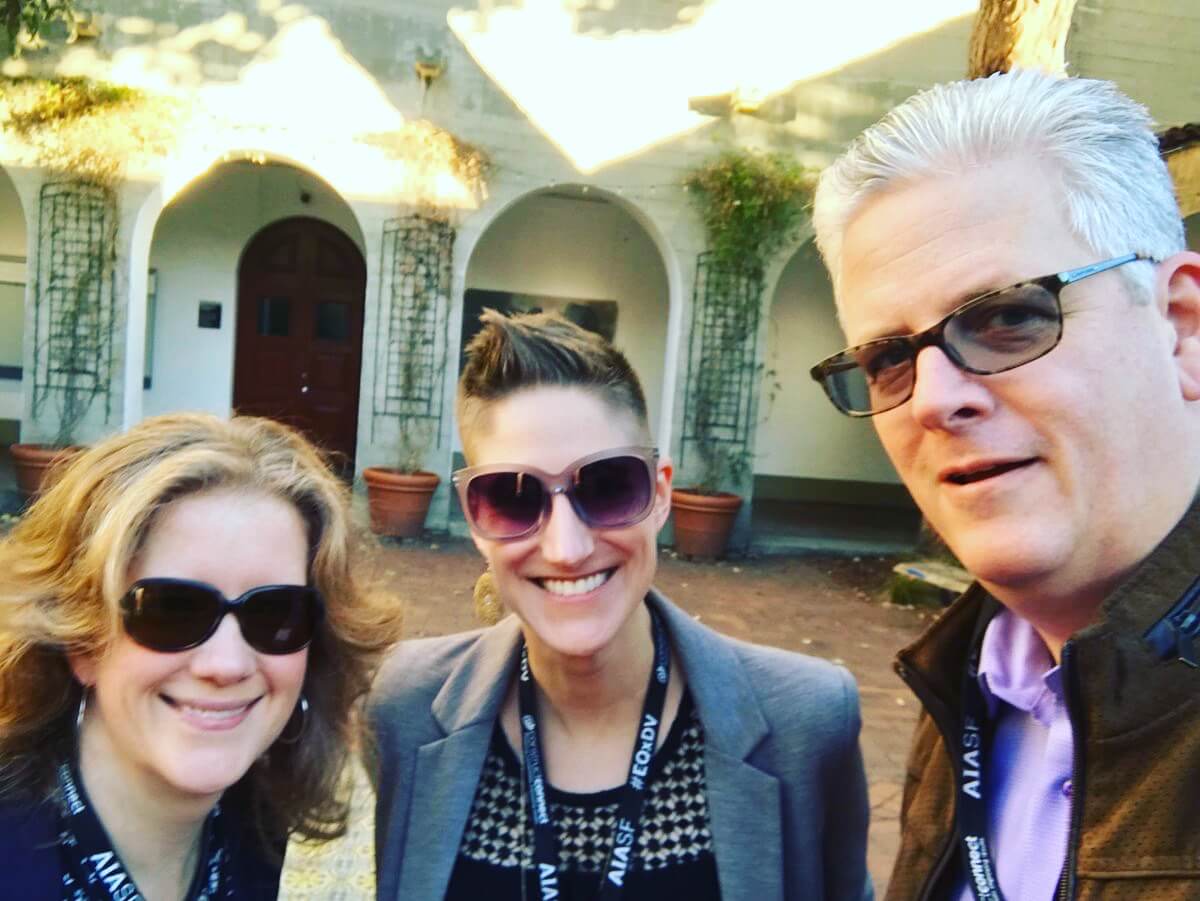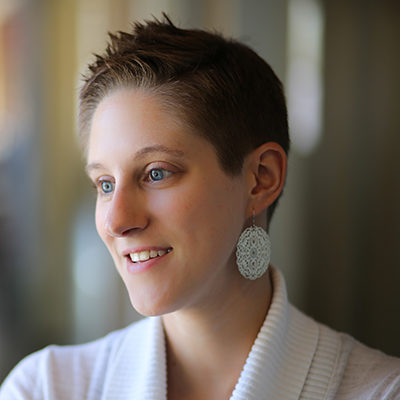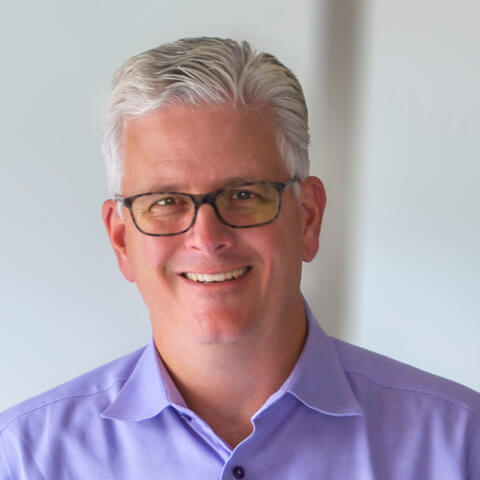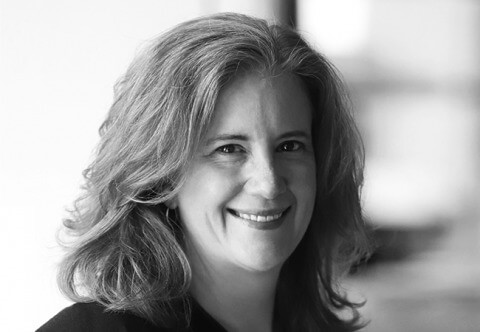
I’ve now been to AIA San Francisco’s Equity by Design Symposium twice – in 2016 and 2018. It is consistently the most enjoyable and rigorous conference that I’ve attended in the last several years. Through Equity by Design’s work, the group has developed a strong community of change agents committed to sharing stories, modeling best practices and analysis. This is a community I return to throughout the year and in-between Symposiums.
Karen Robichaud
This was my first time attending EQxD, which is held on opposite years to the Women’s Leadership Summit, which I have attended several times since 2011. I found it a focused symposium that helped me think in more detail about the equity work that we are doing at PAYETTE and across the field.
Sarah Lindenfeld
The was my first EQxD Symposium and I was very impressed by the breadth and depth of the topics covered in such a short period of time and how comfortable and collegial the environment was, with a significant turnout from Boston. There were so many interesting facts and figures presented. One topic that definitely caught my attention was the implications of an M.Arch degree vs. B.Arch degree for minority architects in terms of the amount of debt that minority architects incur pursuing an M.Arch as compared non-minority architects and the later implications of earning potential, which contributes to one’s ability to pay down debt.
Kevin Sullivan
Through their biennial survey, the group offers a way for firms and chapters to benchmark themselves and target solutions toward common career pain points. When the survey results were first shared at this year’s Symposium, I found myself alternately trying to digest the information, make notes about what seems applicable to my work at PAYETTE and letting it wash over me. I’m grateful for Wanda Lau’s in-depth article unpacking the results in Architect.
There were a few things that really stood out as key issues to address as a profession –
1. Debt relief
Given the debt reported by many respondents, how can the profession change to alleviate debt? I heard suggestions about raising starting salaries or changing degree requirements in job postings. What other, less costly, routes to an accredited degree can help bring more architects into the profession?
2. Lack of clarity around promotion criteria
According to the survey results, the lack of criteria for promotion was widespread, which led the session leader to suggest that firms could improve efforts to communicate performance and growth expectations. This seems most important to combat unconscious bias where one is relying on feeling or intuition when deciding who to promote.
3. Relating project work and firm values
As firms change policies and adapt their practices, how are the values of equity, diversity and inclusion playing out in project work? Could it be pushing back on a client deadline so the team doesn’t have to work all weekend? Or bringing tough conversations into the project work more overtly – building and supporting diverse teams at every level of project delivery? What is the role of the Architect on the project in regards to these issues?
4. Firm culture
Adapting firm culture is often slow. This requires people to change in accordance with stated values and policies in place. So much of our daily lives are influenced by our interactions with others and the culture in which we exist. Building an equitable, diverse and inclusive firm is an ongoing practice; it’s never “done,” so I think firms need to find ways to deepen and strengthen engagement with these values at all levels of the firm.
5. The burden
One person at the Symposium asked, “What is the balance when you’re the face of advocating for EDI and learning to be an architect?” This raised another important issue that’s related to firm culture – who does this work in our firms? And, how is that work recognized and integrated fully into the firm?
Clearly, the profession has a lot of work left to do, which is why Rosa Sheng, EQxD founder, always talks about “eating the whale” and if we all dig in with our forks, we can make more progress, more quickly. We left the Symposium feeling inspired and fired up. Let’s dig in!




